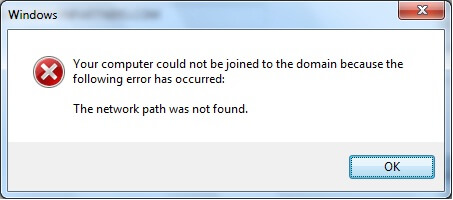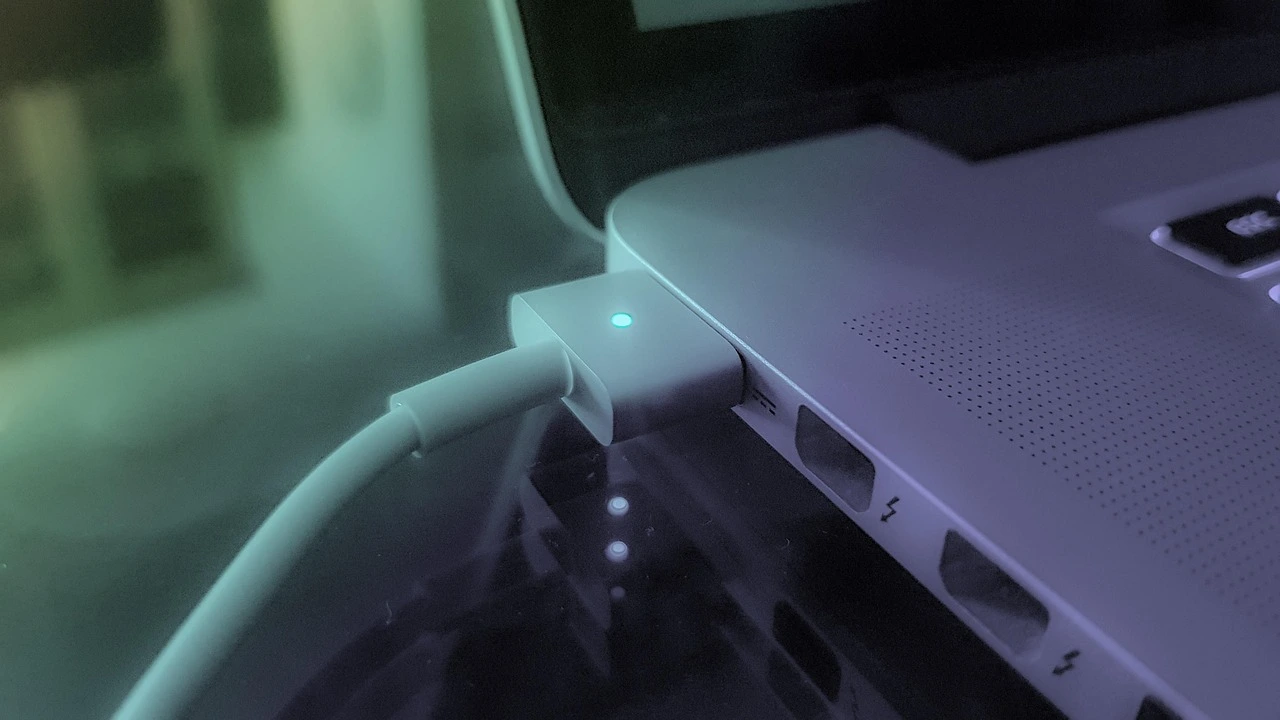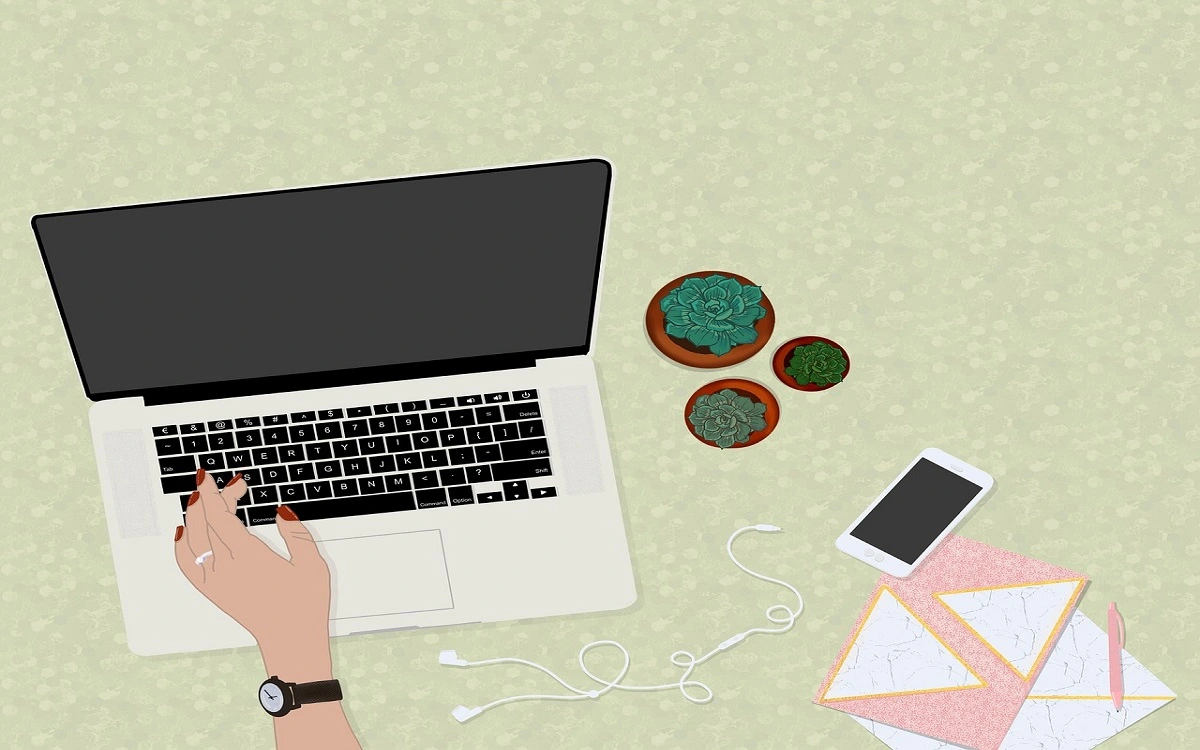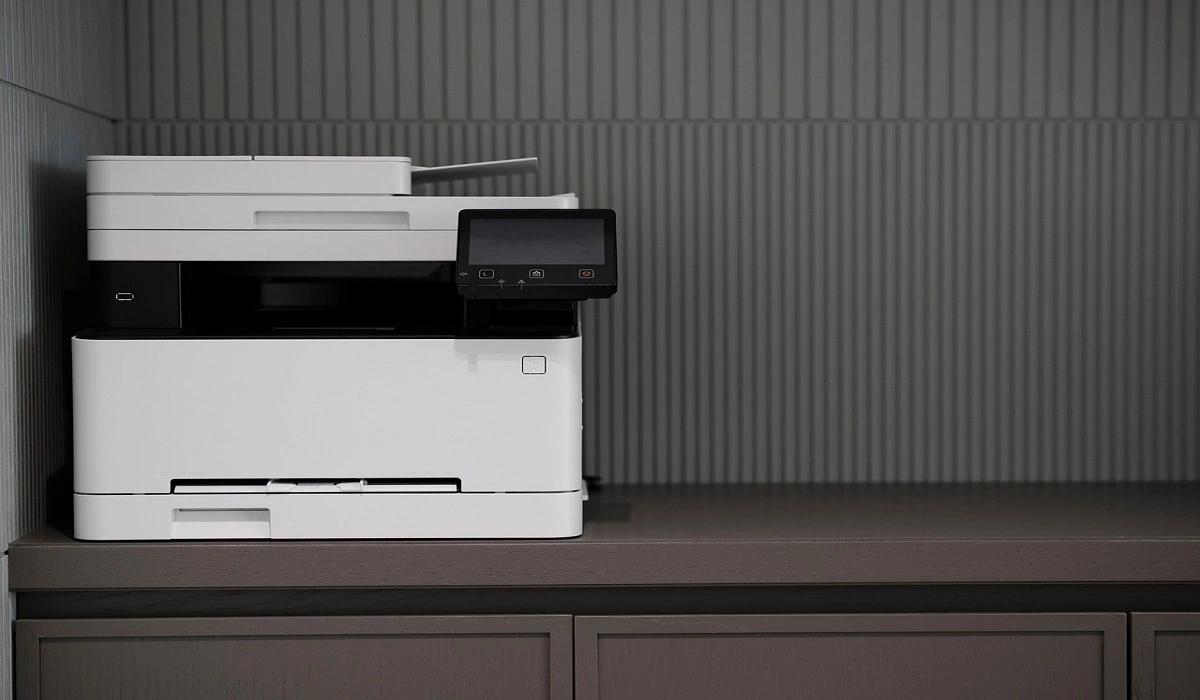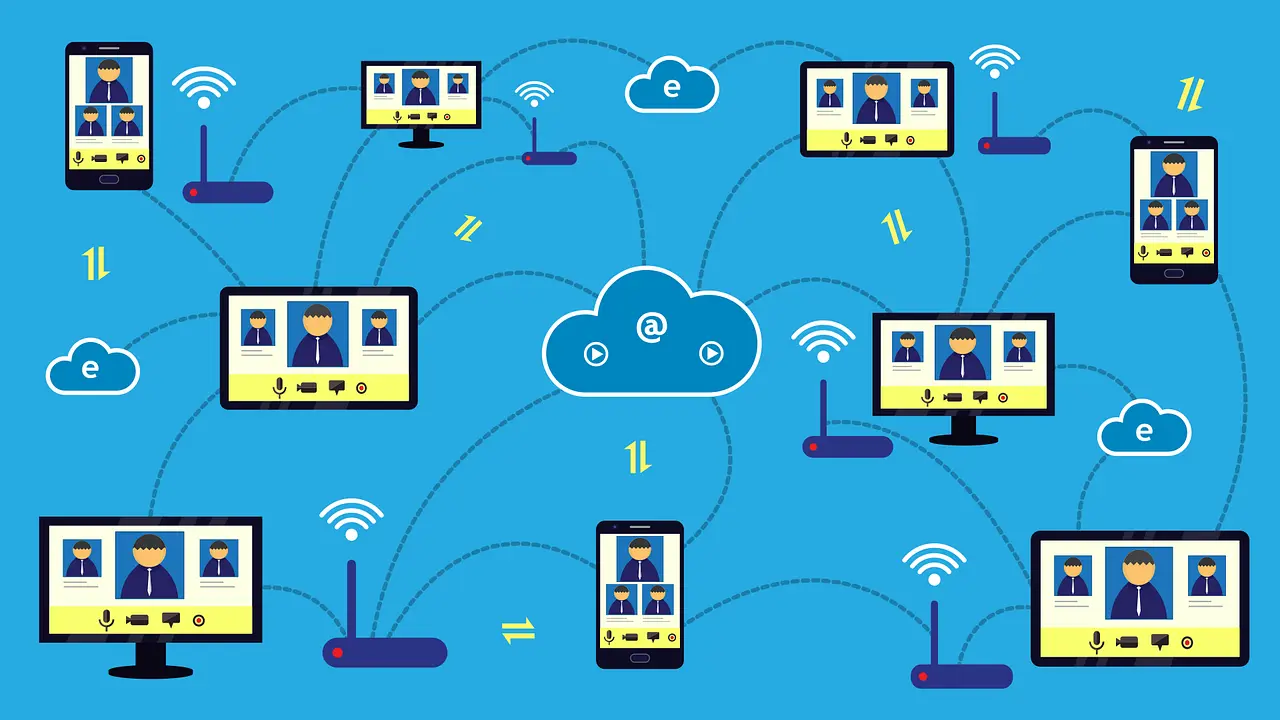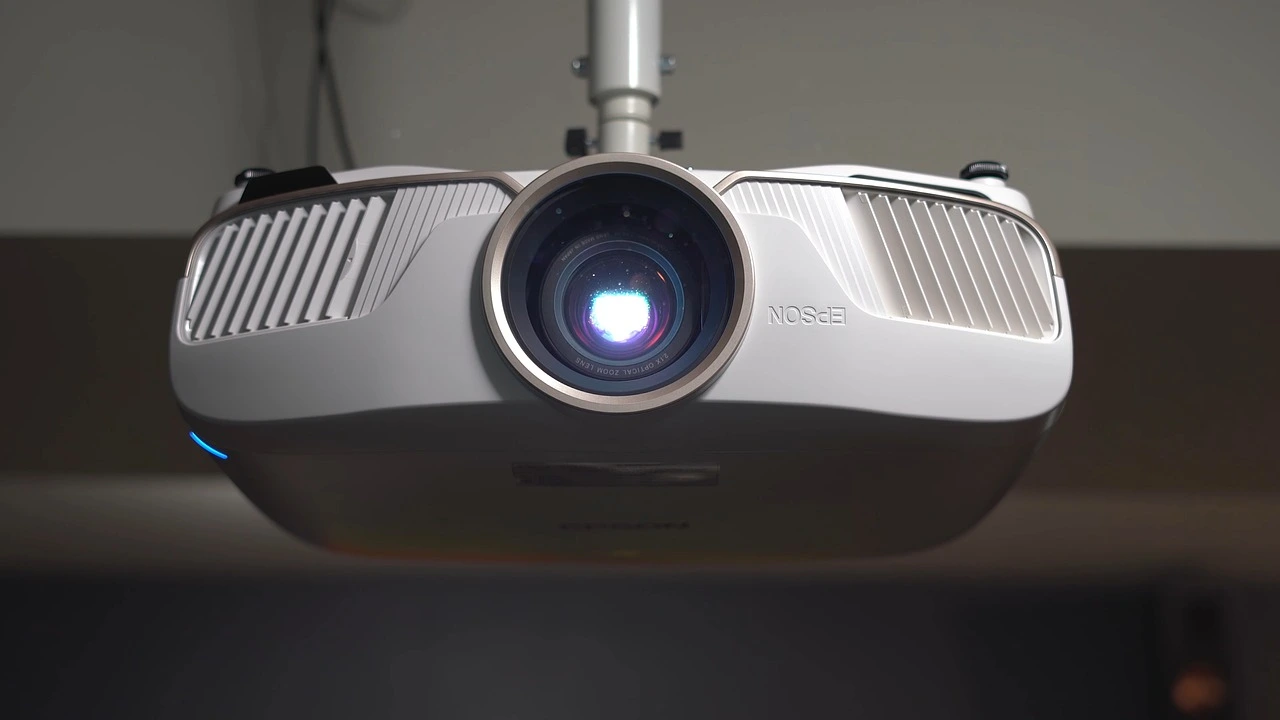How to Fix the “Network Path Was Not Found” Error on Windows
Introduction:
Having a reliable network connection is crucial for seamless communication and uninterrupted access to shared resources. However, encountering errors can disrupt our productivity and leave us scratching our heads for solutions. One such frustrating error is the “Network Path Was Not Found.” This error message typically pops up when attempting to access files or resources on a network, hindering collaboration and file sharing among connected devices.
In this blog, we have listed a step-by-step instruction guide to help you get your network connection back on track. So, go ahead and discover these solutions that will have you swiftly navigating your network without any hassle.
How to Fix the “Network Path Was Not Found” Error on Windows?
Solution 1: Cross-Check the Path Name
Before you move towards complex troubleshooting, make sure that you double-check the path names that you are entering. Even a minor error in the path name can obstruct the system’s ability to locate the desired network connection.
Solution 2: Make the Network Drive Shareable
To ensure smooth communication and seamless sharing, it’s crucial to double-check if the intended device has the sharing feature enabled. If it’s currently disabled, enabling it will resolve the issue and allow you to proceed with the desired actions.
If you’re wondering how to make a targeted drive on a remote computer shareable, fret not! We’ve got you covered. Follow these simple steps to ensure your drive is ready for sharing:
- Navigate to the drive or folder you want to share. Right-click on it and select “Properties” from the context menu.
- In the Properties window, switch to the “Sharing” tab. Tap on the “Advanced Sharing” button.
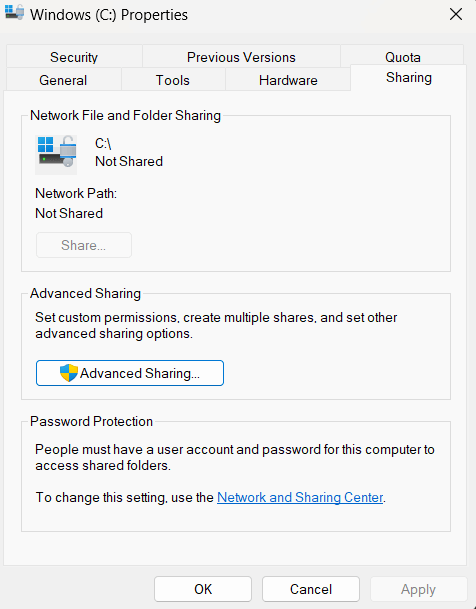
- Check the box that says “Share this folder” to enable sharing for the selected drive or folder.
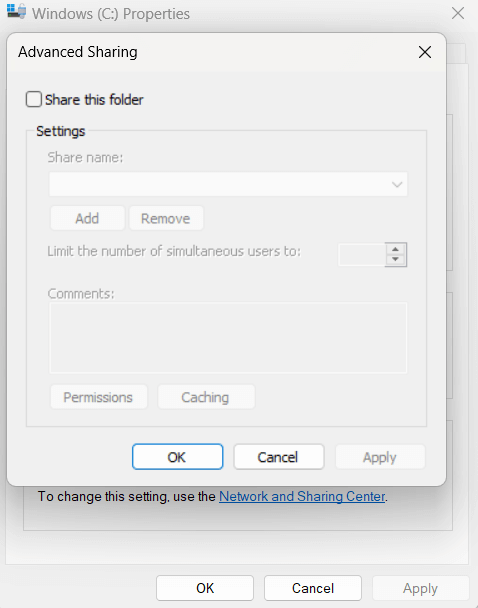
- Optionally, you can modify the Share name to give it a more descriptive or user-friendly name.
- Click on the “Permissions” button to manage the permissions for users accessing the shared drive or folder. You can add or remove users and set their level of access (read-only or read-write).
- Once you have set the desired permissions, click “OK” to save the changes.
- Hit on “Apply” and then “OK” to close the window.
Solution 3: Connect Using an IP Address
Here are the steps to follow:
- Tap on the search icon placed on the Taskbar and type “Command Prompt”. Select the “Run as administrator” option to launch the app in admin mode.
- In the Command Prompt window, enter the following command:
ipconfig/all

- Scroll down and locate the IPv4 Address. Take note of this address.
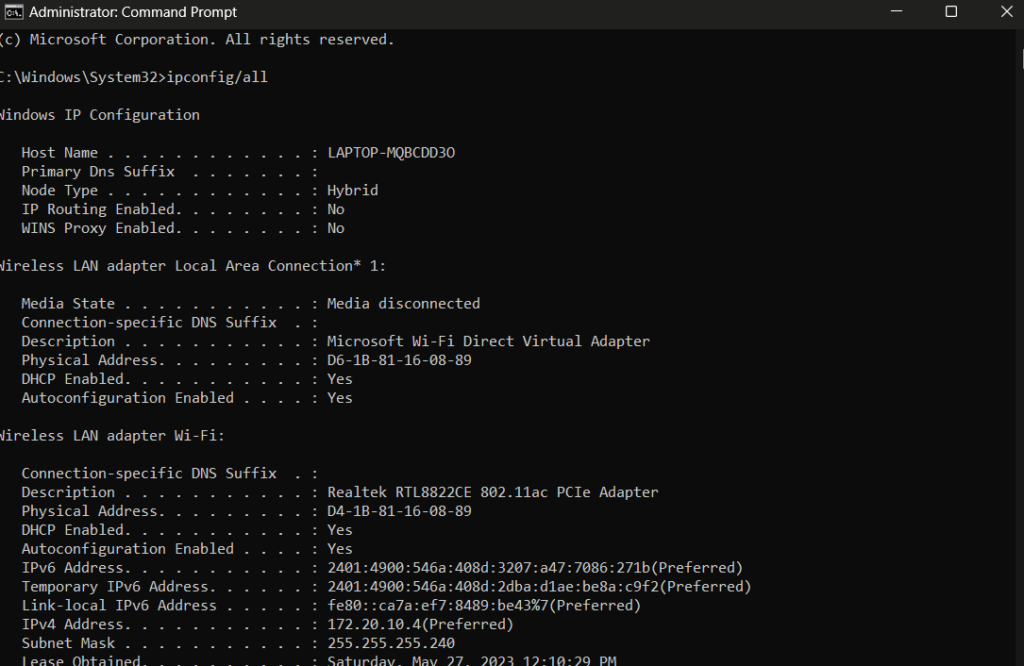
- Open the Run dialog again by pressing the Windows key + R. Paste the previously noted IPv4 Address into the text field of the Run dialog.
- Press Enter and check if you can establish a successful connection to the remote computer.
By following these steps, you will be able to verify the IP address resolving any connectivity issues you may have encountered.
Solution 4: Restart the TCP/IP NetBIOS Helper Service
You can attempt restarting the TCP/IP NetBIOS Helper service in order to resolve the “Network Path Was Not Found” error on Windows.
How to do it is as follows:
- Open the Run dialog by pressing the Windows key plus R. To open the Services window, enter “services.msc” and press Enter.
- TCP/IP NetBIOS Helper can be found by scrolling down in the Services window.
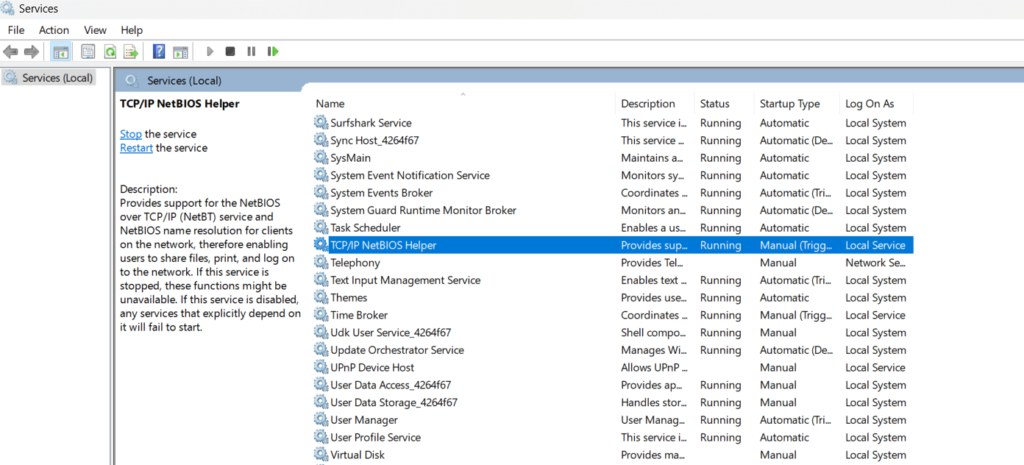
- Choose “Restart” from the context menu when you right-click on the service. Alternately, select “Start” if the service is not already running.
- Close the “Services” window.
By restarting the TCP/IP NetBIOS Helper service, you can refresh the network configurations and potentially resolve any underlying issues that were causing the error.
Solution 5: Enable SMB 1.0
Enabling SMB 1.0 can help resolve the “Network Path Was Not Found” error on Windows. Follow these steps:
- Press the Windows key + R to open the Run dialog. Type “appwiz.cpl” in the text field and press Enter to open the Programs and Features window.
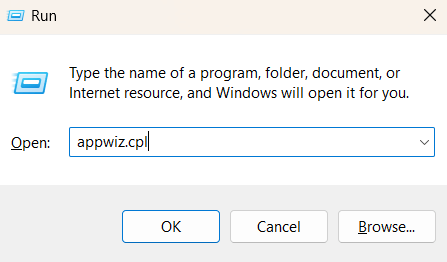
- In the Programs and Features window, click on “Turn Windows features on or off” located in the left pane.

- The Windows Features window will open. Scroll down and locate “SMB 1.0/CIFS File Sharing Support” in the list.
- Expand the SMB 1.0/CIFS File Sharing Support option by clicking on the “+” sign next to it.
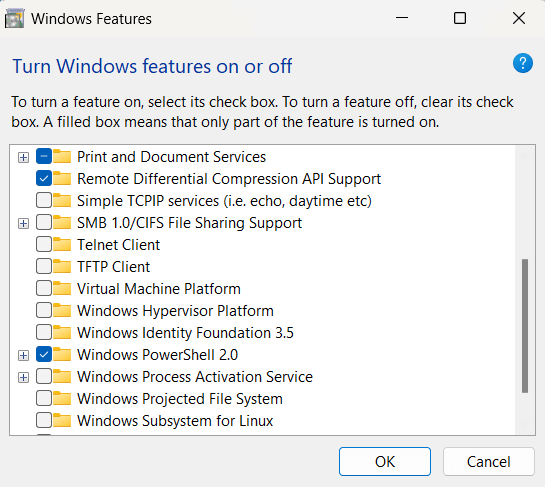
- Check the box for “SMB 1.0/CIFS Client” and “SMB 1.0/CIFS Server” to enable them.
- Click OK to save the changes.
- Restart your computer to apply the changes.
Enabling SMB 1.0 can help establish compatibility with older network devices and resolve any compatibility issues that might be causing the error.
Solution 6: Reset TCP/IP
Resetting the TCP/IP (Transmission Control Protocol/Internet Protocol) stack can often resolve network-related errors, including the “Network Path Was Not Found” error. To reset TCP/IP on Windows, follow these steps:
- Press the Windows key + X and select “Command Prompt (Admin)” or “Windows PowerShell (Admin)” from the menu. This will open an elevated command prompt window.
- In the command prompt window, type the following command and press Enter
netsh int ip reset
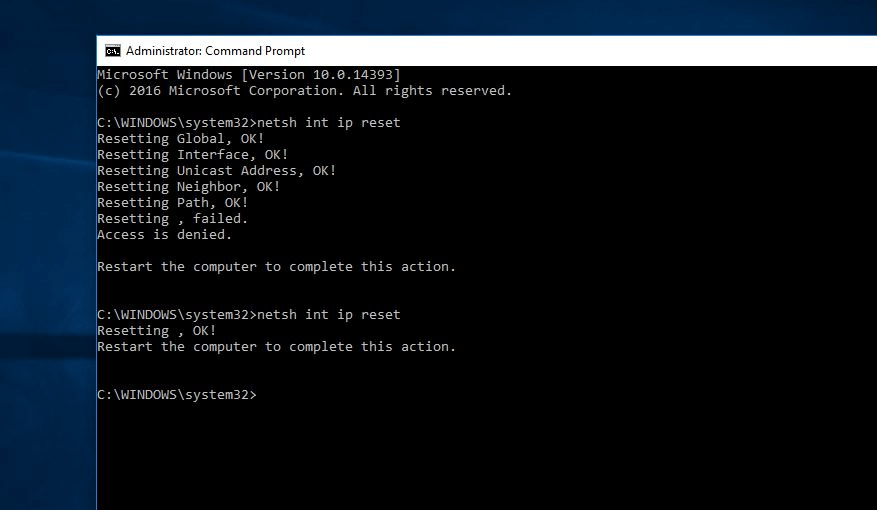
- Wait for the command to execute and complete the TCP/IP reset process. You may see a message indicating that the reset was successful.
- Once the reset is complete, restart your computer to apply the changes.
After the restart, your TCP/IP settings will be reset to their default configurations, which can help resolve any underlying issues causing the error.
Solution 7: Temporarily Disable the Third-Party Antivirus
Sometimes, third-party antivirus software can interfere with network connections and lead to the “Network Path Was Not Found” error. To determine if the antivirus software is causing the issue, you can temporarily disable it.
Once the antivirus software is disabled, attempt to perform the action that was previously resulting in the error. If the error no longer occurs while the antivirus software is disabled, it indicates that the software is indeed causing the issue.
Conclusion
The “Network Path Was Not Found” error on Windows can be a frustrating obstacle to seamless network connectivity and file sharing. However, armed with the right knowledge and troubleshooting methods, you can overcome this error and regain control over your network.
Additionally, always exercise caution when making changes to your system and ensure the security of your network and files.
Popular Post
Recent Post
How to Set Up a Secure VPN Connection on Windows In 2026
A VPN helps protect your privacy each time you go online. It hides your real location. It protects your data from unsafe networks. It also keeps your browsing away from unwanted eyes. Many people use it to keep their work safe. Others use it to guard their regular internet use. Windows offers good support for […]
How To Extend Your Battery Life Effectively in Windows
A laptop is useful only when the battery lasts long enough to support your work. When the charge falls too fast, even small tasks feel stressful. You may rush to find a charger. You may feel forced to lower the performance. You may even stop your work in the middle of something important. This can […]
How To Get Help With Notepad in Windows [2026]
Notepad has been part of Windows for many years. And people still use it for quick notes, lists, and simple edits. Its clean layout helps new users, while its small set of tools supports everyday tasks. Yet problems can appear when features behave in unexpected ways or when users try something new, so clear guidance […]
Software Performance Optimization Tips: Complete Guide
Software often slows down over time, turning once-fast programs into frustrating delays. While many assume their device is outdated, the real issue often lies in how the software runs. With a few simple habits and checks, users can restore speed and avoid costly upgrades. This guide offers clear, beginner-friendly software performance optimization tips. It covers […]
How To Connect a Scanner to Your Device Windows 11 In 2026
Have you ever needed to scan a document in a hurry and did not know how to begin? Many people face this problem when they buy a new scanner or a new computer. Windows 11 includes helpful tools that make the process easy, but you must know the right steps. This guide explains each method […]
How To Connect to Your PC Remotely Windows [Complete Guide]
Many people need to reach their computer from far away. Well, yes! It may be for work, study, or personal use. Remote access helps you open files, use your apps, and control your system even when you are not near the device. It gives you the comfort of using your computer anywhere through the internet. […]
How To Connect to a Wi Fi Using a QR Code: Latest Guide
Wi-Fi is now a basic part of our lives. We use it at home, in offices, schools, and public places. But typing long passwords every time you connect can be annoying. Sometimes you might even forget your Wi-Fi password. That is where QR codes come in handy. With QR codes, you can connect to any […]
How To Connect a Wireless Printer Easily to Windows 11/10 PC
Printing tasks are part of most home and office work today. Isn’t it? Well, yes! Using a wireless printer makes printing easier and faster because you don’t need cables. It allows you to print documents and images from any corner of your room as long as your device and printer are connected to the same […]
How To Connect Your Windows 11 PC to a Projector or Another PC
A bigger screen can help you share your work with others. When you connect your Windows 11 PC to a projector, your screen becomes easier to view in a meeting room, classroom, or home. You can show slides, videos, notes, or entertainment. Most people do this for work or study, but it is also helpful […]
How To Set Up Dual Monitors Easily Windows 11/10: Complete Guide
Working with one screen can feel limiting. You switch between apps constantly. Your workflow slows down. A dual monitor setup changes everything. It gives you more space to work. You can see multiple things at once. This guide shows you how to set up dual monitors easily on Windows systems support. Windows 11 and Windows […]
